Optimal Timing for Stamped Concrete Service
Choosing the optimal time for stamped concrete service ensures proper installation and durability. Weather conditions, temperature, and humidity play significant roles in achieving high-quality results. Typically, mild temperatures and dry conditions are ideal for concrete work.
Spring offers moderate temperatures and lower humidity, making it suitable for stamped concrete projects. It allows sufficient curing time before extreme weather conditions.
Summer can be suitable if temperatures are not excessively high. Proper planning and timing help prevent rapid drying or cracking.
Fall provides cooler temperatures and less humidity, ideal for stamped concrete. It also offers longer curing periods before winter.
Winter is generally not recommended due to cold temperatures and potential for frost, which can impair curing and adhesion.
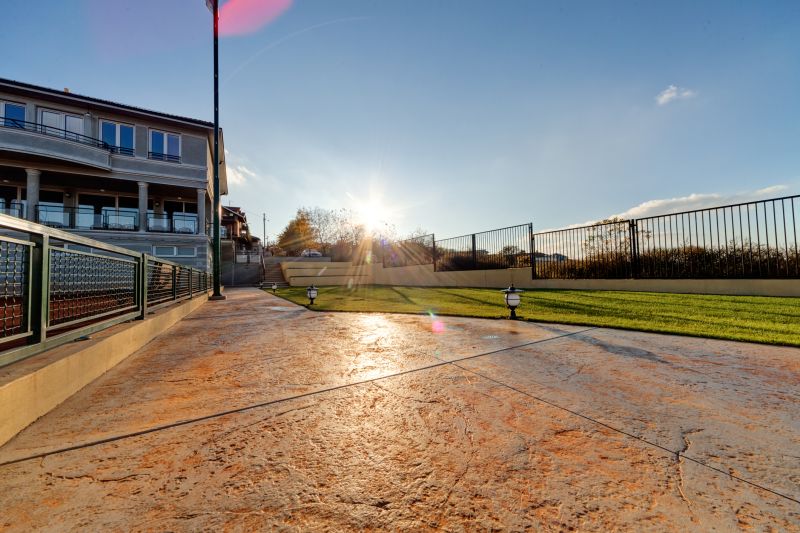
Spring is a popular season for stamped concrete installation due to favorable weather conditions.

Proper timing during summer can yield excellent results with appropriate measures against high temperatures.

Fall offers optimal conditions for durable stamped concrete installations.

Ways to make Stamped Concrete Service work in tight or awkward layouts.
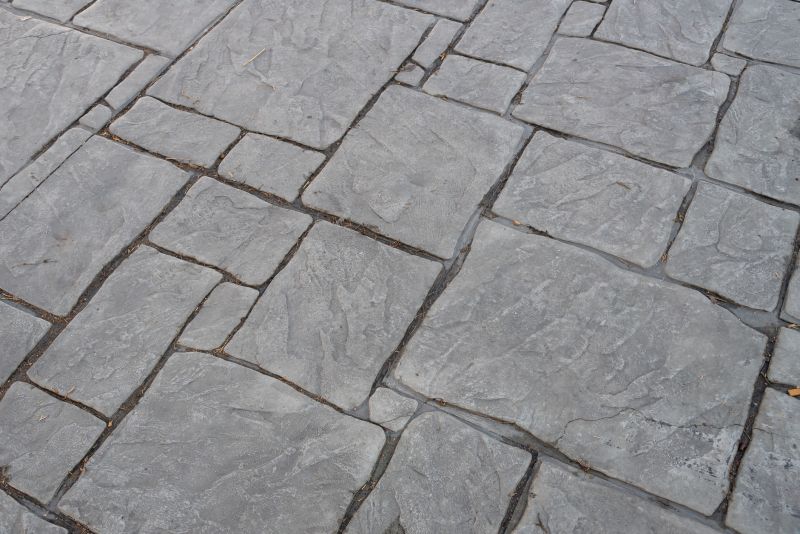
Popular materials for Stamped Concrete Service and why they hold up over time.

Simple add-ons that improve Stamped Concrete Service without blowing the budget.
| Season | Ideal Conditions |
|---|---|
| Spring | Moderate temperatures, low humidity, good curing conditions |
| Summer | Suitable with precautions for high heat and dryness |
| Fall | Cooler temperatures, less humidity, optimal curing |
| Winter | Not recommended due to cold and frost risk |
Stamped concrete service involves imprinting patterns and textures onto freshly poured concrete to mimic materials such as brick, stone, or tile. This decorative technique enhances curb appeal and adds value to outdoor spaces. Proper timing and weather conditions are crucial to ensure the concrete cures correctly and the patterns are well-defined. The process typically involves preparing the surface, pouring the concrete, and applying stamps before the surface sets, followed by sealing for longevity.
Statistics indicate that spring and fall are preferred seasons for stamped concrete projects, accounting for over 70 percent of installations annually. This preference is due to the balance of temperature and humidity, which minimizes issues like cracking, uneven curing, or pattern distortion. Proper planning around seasonal weather patterns can extend the lifespan and aesthetic appeal of stamped concrete surfaces.
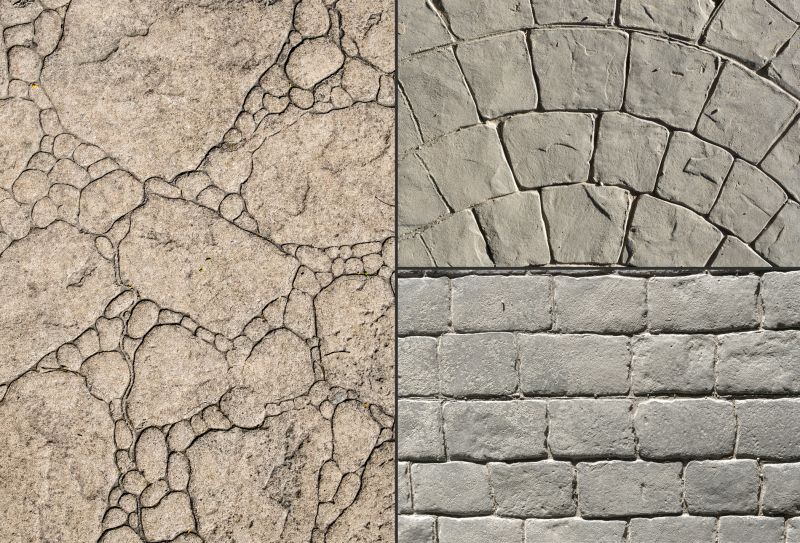
Various patterns and textures can be applied to match aesthetic preferences.
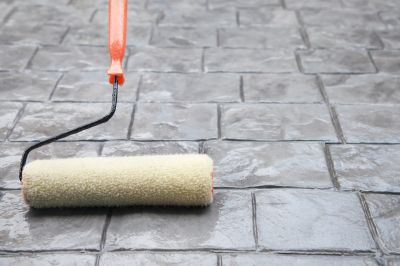
Sealing enhances durability and appearance of stamped surfaces.
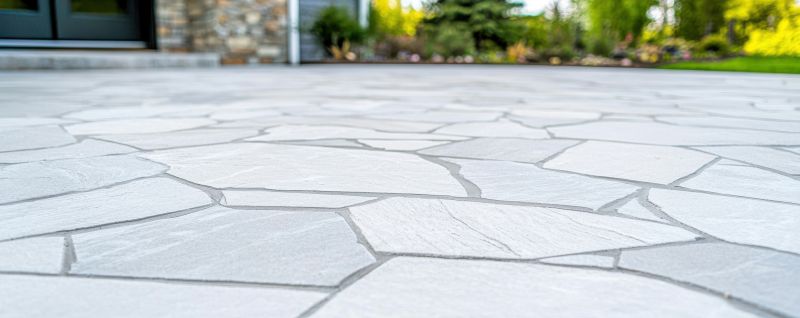
Popular for patios, driveways, and walkways.
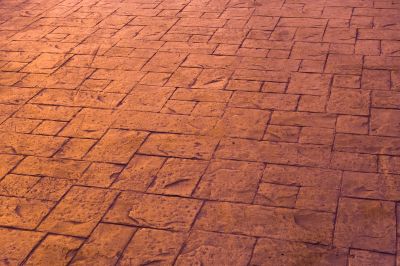
Detail work highlights the craftsmanship involved.
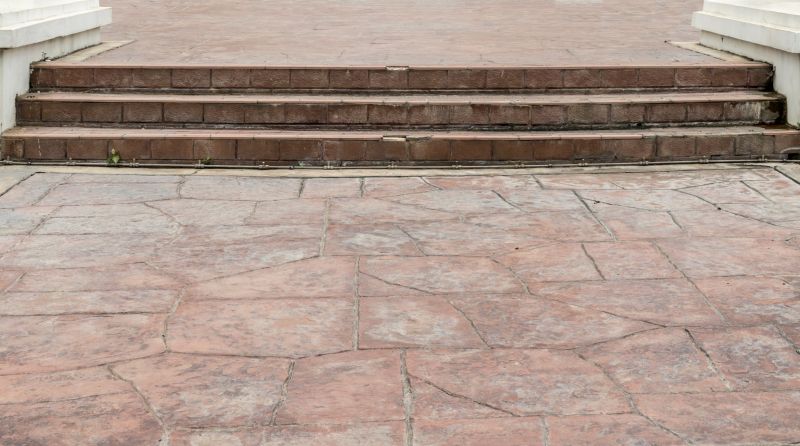
High-end options that actually feel worth it for Stamped Concrete Service.
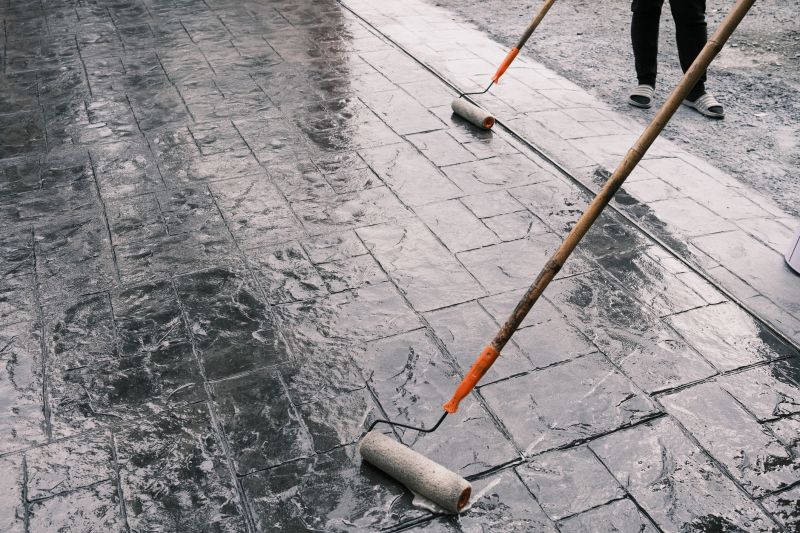
Finishes and colors that play nicely with Stamped Concrete Service.

Little measurements that prevent headaches on Stamped Concrete Service day.
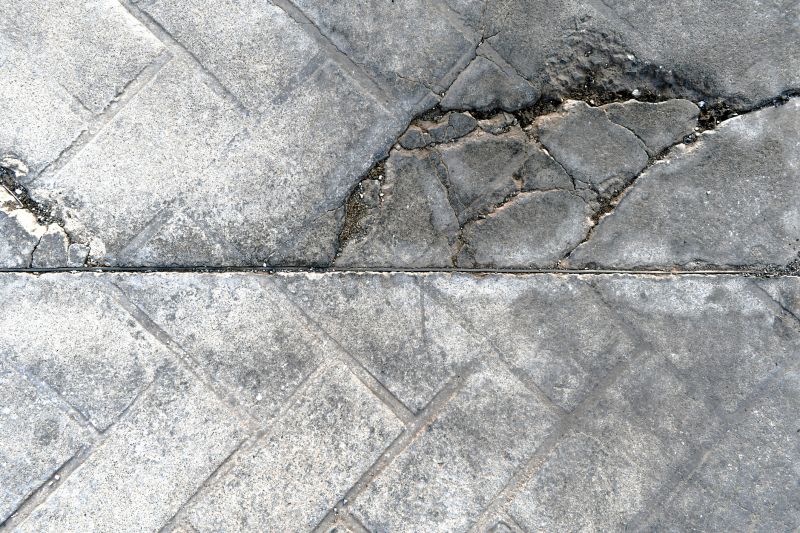
A 60-second routine that keeps Stamped Concrete Service looking new.
Individuals interested in stamped concrete service are encouraged to contact for further details or to schedule an assessment. Proper timing, combined with professional installation, can result in a durable and visually appealing surface that enhances outdoor spaces for years to come.
